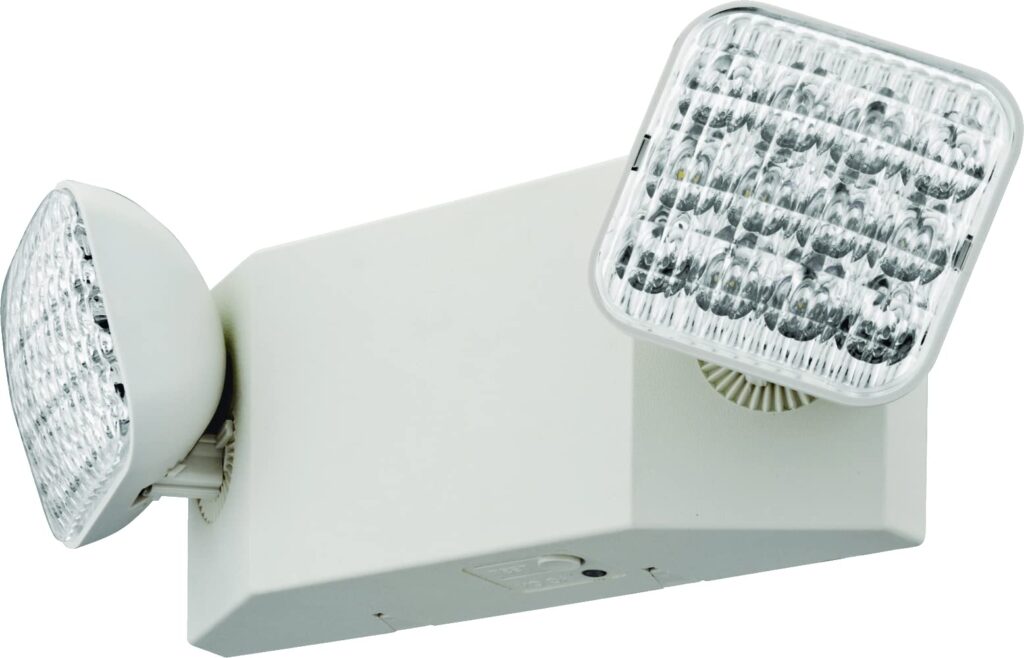The discussion surrounding lighting solutions often revolves around efficiency, aesthetics, and functionality. However, one aspect that frequently escapes attention, particularly in a business setting, is emergency lighting. LED emergency lighting systems are not just a safety requirement but a vital component in ensuring the well-being of everyone on your premises. This article delves into why LED emergency lighting is indispensable for any business, covering aspects such as legal compliance, safety, energy efficiency, longevity, and overall cost-effectiveness.
Legal Compliance and Regulatory Standards
In the UK, the installation of emergency lighting is not merely a suggestion—it is mandated by law. Several statutory guidelines and British Standards, including the BS 5266, govern emergency lighting systems. These regulations stipulate the minimum requirements for the design, installation, and operation of emergency lighting to ensure people can safely exit a building in case of power failure or other emergencies. Failure to comply can result in substantial fines, legal ramifications, and in severe cases, closure of the business premises.
Choosing LED emergency lighting can simplify compliance, given that modern LED systems often come with features that meet or exceed these standards. They also allow for easier monitoring and maintenance, which are key factors in regulatory compliance.
Enhancing Safety and Reducing Panic
The primary purpose of emergency lighting is to illuminate exit routes, fire-fighting equipment, and safety signage when the main power supply fails. Traditional systems may not provide the required level of luminosity under all conditions, a problem seldom encountered with LED lighting. LEDs are known for their superior brightness and clarity, which can be particularly beneficial in an emergency.
Besides, in crisis situations, panic can escalate quickly, leading to stampedes or accidents. A well-lit environment can considerably reduce such panic, guiding people safely towards exits and reducing the chances of injury or confusion.
Energy Efficiency and Operational Costs
LEDs are synonymous with energy efficiency. While the primary purpose of emergency lighting is safety, it doesn’t hurt that LED systems are up to 80% more energy-efficient compared to traditional incandescent bulbs. This efficiency is not just beneficial for the environment but also has a direct impact on operational costs.
Emergency lights are generally designed to switch on automatically during a power cut and can operate on backup power for extended periods. Given their lower energy consumption, LED emergency lighting can run longer on backup power, thereby providing enhanced safety during prolonged emergencies.
Longevity and Reduced Maintenance
One of the standout features of LED lighting technology is its longevity. LEDs can last up to 25,000 hours or more, which is significantly higher than traditional lighting options. This extended lifespan has a twofold benefit. First, it reduces the frequency of bulb replacements, thereby minimising maintenance costs. Second, the reliability of LEDs means there is less likelihood of the emergency lighting system failing when it is needed most.
LED systems also offer ‘self-testing’ features that can automatically check the operational status of the lights and backup batteries. This further reduces the manpower and time required for routine checks and maintenance.
Flexibility and Customisation
LED emergency lighting systems offer an unparalleled level of flexibility when it comes to design and customisation. Whether your business premises is a sprawling industrial complex or a multi-storey office building, LED systems can be tailored to fit specific requirements. They can be integrated seamlessly with other safety systems like fire alarms and can also be programmed to illuminate only certain routes, depending on the nature of the emergency.
Overall Cost-Effectiveness
While the initial installation cost of LED emergency lighting can be higher than traditional systems, the long-term benefits far outweigh the initial outlay. The energy efficiency, reduced maintenance, and greater longevity of LED lights result in substantial cost savings over time. Moreover, avoiding legal penalties and potential liabilities related to safety incidents can’t be quantified but is undoubtedly a significant advantage.
Conclusion
LED emergency lighting is not just a statutory obligation but a crucial safety feature that every business should invest in. Its benefits range from meeting legal compliance and enhancing safety to reducing operational costs and ensuring long-term reliability. Given the multitude of advantages, LED emergency lighting emerges as a comprehensive solution that addresses both the regulatory and practical aspects of business operations. Its importance in creating a safer, more secure environment for both employees and visitors cannot be overstated.



